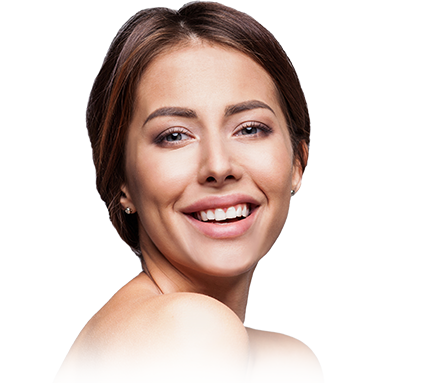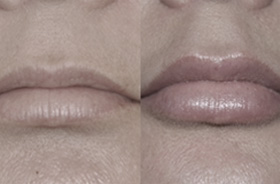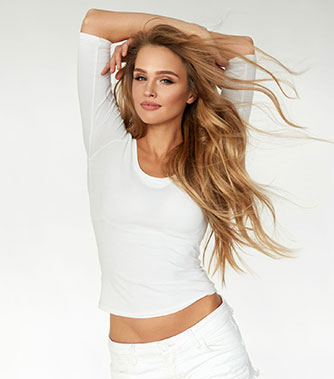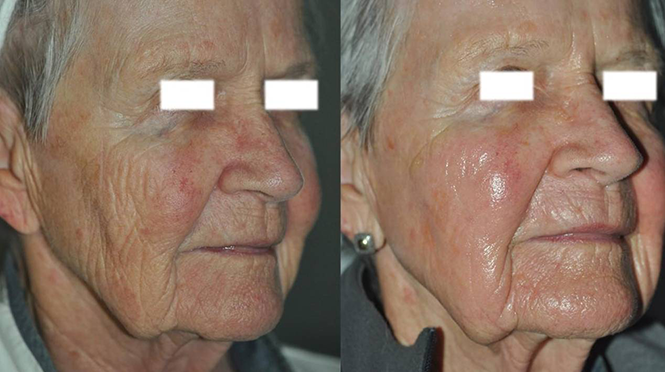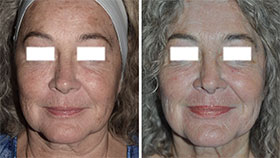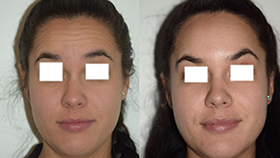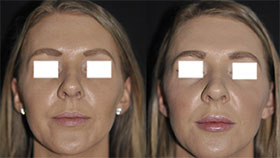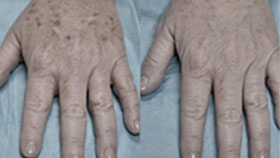Scalp Health 101: Understanding and Managing Dandruff
Dandruff is a common condition characterized by increased flaking of skin on the scalp. It may be itchy and unsightly with visible accumulation of scale on the hair and clothing, but is otherwise medically harmless. Dandruff represents a mild form of seborrheic dermatitis. Our Florida-based team at Skin Wellness Physicians regularly work with patients who have the inflammatory skin condition that produces both scaling and annular red patches.
Most dermatologists will use the term seborrheic dermatitis for the diagnosis. While dandruff is confined to the scalp, more widespread forms of seborrheic dermatitis can affect the eyebrows, beard, and groin, as well as oily areas of skin including the central face, ears, and chest. Men are often affected more than women. In infants, the thick matted scaling of seborrheic dermatitis on the scalp is known as cradle cap. It may worsen with cold, dry weather, and stress.
The cause of seborrheic dermatitis in all its forms is not known, but a combination of sebum production and yeast colonization seems to play a role. Seborrheic dermatitis is worse in areas of skin with high sebaceous or oil gland activity, especially on the scalp, face, and chest. Yeast—specifically Malassezia species that normally live on skin—degrade the sebum to free fatty acids, which in turn promote skin cell shedding and inflammation. Treatments are therefore directed toward reduction of oil production, cell turnover, and yeast. Patients with certain neurological disorders (such as Parkinson’s) and immunodeficiency diseases (including HIV) are also at increased risk for seborrheic dermatitis.
Although there is no cure, effective treatments are available to control the flaking and itch. Consider the following steps:
• Wash hair daily or every other day if possible. Infrequent shampooing can lead to build up of scale and worsening itch.
• Try a medicated shampoo. Anti-dandruff shampoos containing active ingredients such as salicylic acid (e.g., Neutrogena T/Sal), pyrithione zinc (e.g., Vanicream 2% zinc), selenium sulfide (e.g., some Selsun products), or tar (e.g., Neutrogena T/Gel) will help to relieve symptoms. They can be alternated with your regular shampoo. If one ingredient does not work, then try another. Be aware that tar-based products can discolor blond or white hair.
• Ketoconazole 1% shampoo is an over-the-counter antifungal agent that targets the yeast species that promote dandruff.
• If you still see no improvement, you may have a more stubborn case of seborrheic dermatitis that requires prescription medications to clear. Stronger antifungal agents or anti-inflammatory topical steroids are available through your doctor. These medications include shampoos, as well as solutions and foams that are left on the scalp overnight.
Remember that seborrheic dermatitis is chronic and recurrent, so realistic treatment goals are aimed at management rather than cure. If you are struggling with a flaky scalp, consult your dermatologist about a regimen that works best for you. We’re looking forward to hearing from you at Skin Wellness Physicians!

